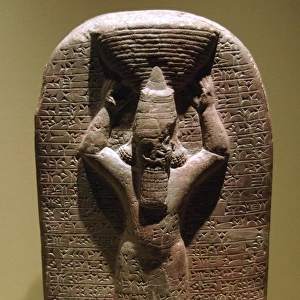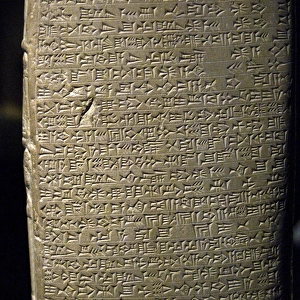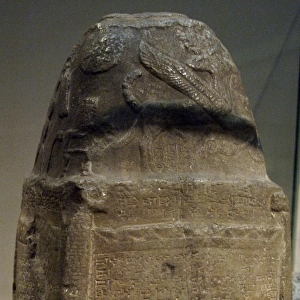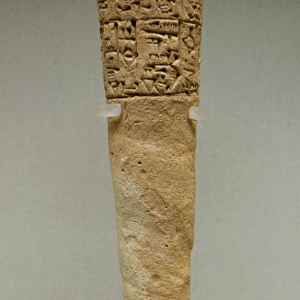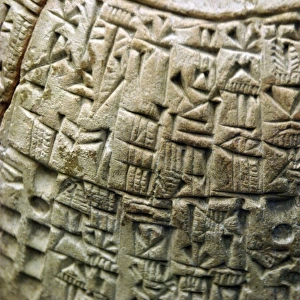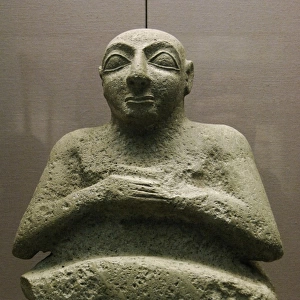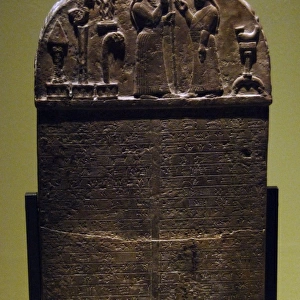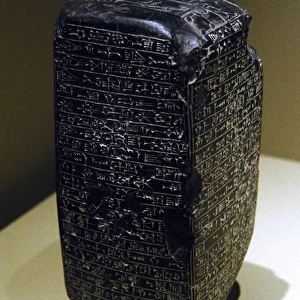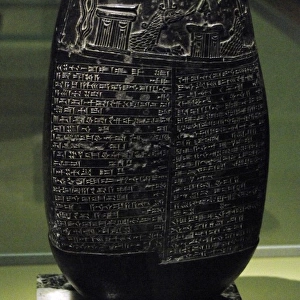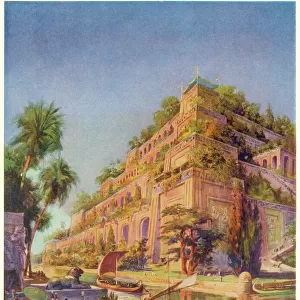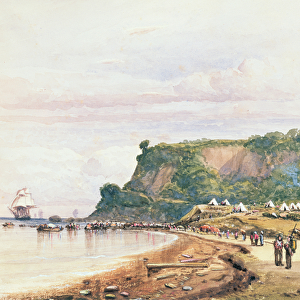Home > Europe > United Kingdom > England > London > Sights > British Museum
Mesopotamia. Commemorative stone stela. Babylonian, about 90
![]()

Wall Art and Photo Gifts from Mary Evans Picture Library
Mesopotamia. Commemorative stone stela. Babylonian, about 90
Mesopotamia. Commemorative stone stela. Babylonian, about 900-800 BC. Iraq. British Museum. London. England. United Kingdom
Mary Evans Picture Library makes available wonderful images created for people to enjoy over the centuries
Media ID 14337871
© Thaliastock / Mary Evans
Antique Babylon Babylonian Carved Commemorative Cuneiform Disc Divine Dynastic Figures Inscription Iraq Marduk Mesopotamia Mesopotamian Near Priest Solar Stela Sumer Sumerian Symbol Symbols Winged Shamash Sun God
FEATURES IN THESE COLLECTIONS
> Asia
> Iraq
> Related Images
> Europe
> United Kingdom
> England
> London
> Museums
> British Museum
> Europe
> United Kingdom
> England
> London
> Sights
> British Museum
EDITORS COMMENTS
1. Title: "A Babylonian Commemorative Stela from Mesopotamia: A Testament to Ancient Divine Worship and Royal Power" This exquisite stone stela, hailing from the ancient city of Babylon in Mesopotamia, dates back to approximately 900-800 BC. It is now proudly displayed at the British Museum in London, England, United Kingdom. The stela, carved from an unidentified stone, showcases intricate relief work and an inscription written in the ancient cuneiform script. The central figure on the stela is a priest, who is depicted offering a gift to the winged solar disc of the god Shamash, the deity of justice, law, and the sun. The god Adad, the god of storms and rain, is also shown on the stela, symbolized by a lion-headed figure. Marduk, the chief god of Babylon, is depicted at the top of the stela, holding a mace and an annulet in his hands. The inscription on the stela is written in the Akkadian language, which was commonly used during the Babylonian and Assyrian empires. The text praises the gods for their protection and blessings, and it commemorates the construction or restoration of a temple or a monument. The stela serves as a testament to the rich religious and cultural heritage of the ancient Near East. The intricate carvings on the stela depict various symbols of the gods, including the moon god, represented by a crescent moon, and the sun god, represented by a solar disc. The figures on the stela are adorned with elaborate headdresses and robes, reflecting the grandeur and power of the Babylonian rulers during the early dynastic period. The stela is a valuable historical artifact, providing insights into the religious beliefs, artistic styles, and political structures of ancient Babylonian society. It is a reminder of the enduring legacy of Mesopotamian civilization, which has shaped the course of human history in countless ways.
MADE IN THE UK
Safe Shipping with 30 Day Money Back Guarantee
FREE PERSONALISATION*
We are proud to offer a range of customisation features including Personalised Captions, Color Filters and Picture Zoom Tools
SECURE PAYMENTS
We happily accept a wide range of payment options so you can pay for the things you need in the way that is most convenient for you
* Options may vary by product and licensing agreement. Zoomed Pictures can be adjusted in the Basket.


